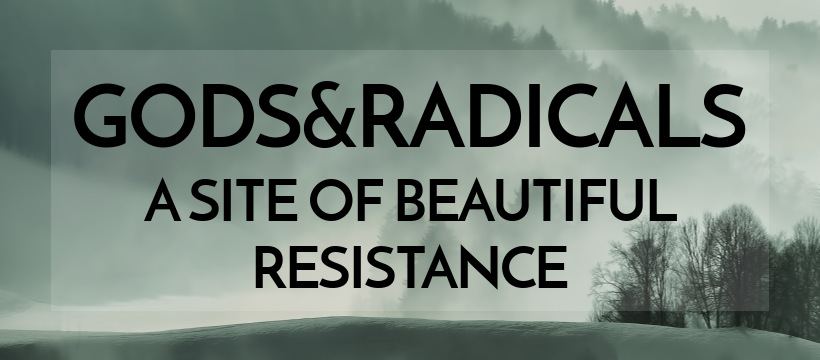WATER WAR IN COCHABAMBA &
FUTURE SCENARIOS
Blue Gold – World Water Wars, USA
1975, 4 min 51 sec
A fragment of this great documentary on the available 3% freshwater worldwide and all problems associated with the use and abuse connected to this resource. This part shows what happened in Cochabamba, Bolivia, when the government gave up the water resources to a corporation who tried to force people to pay 33% of their salary just for access to drinking water. This decision was not accepted and the people rose to resistance and won.
